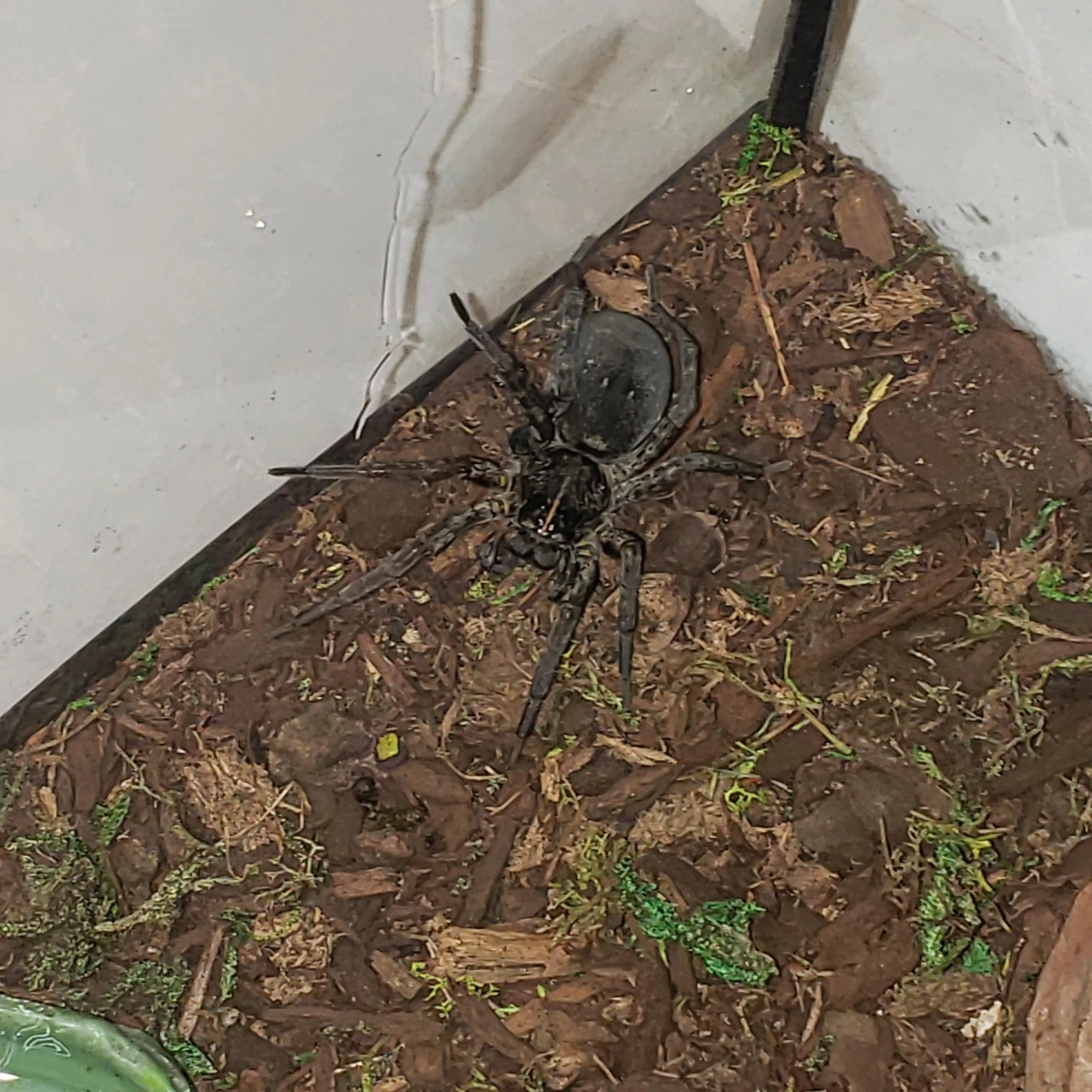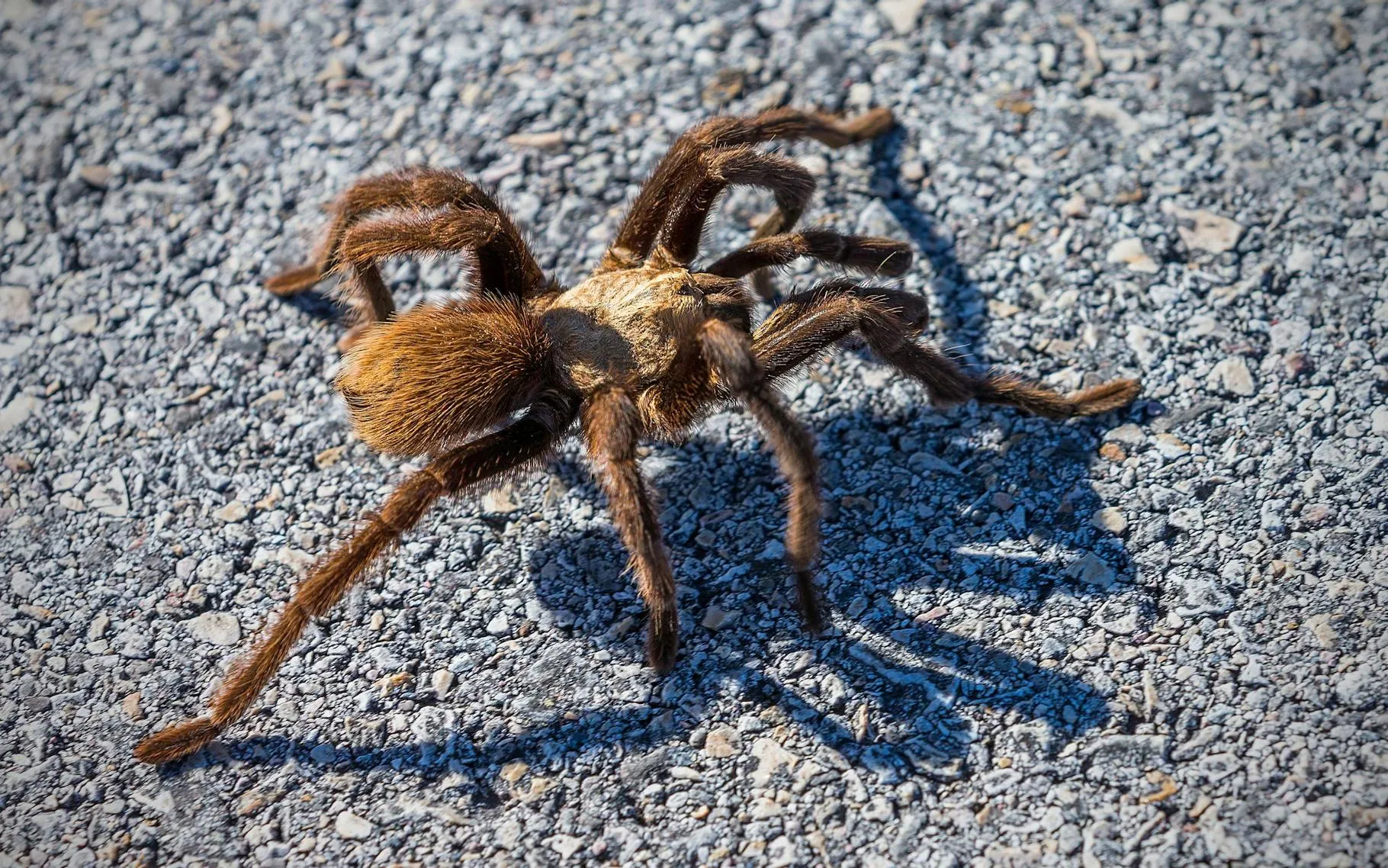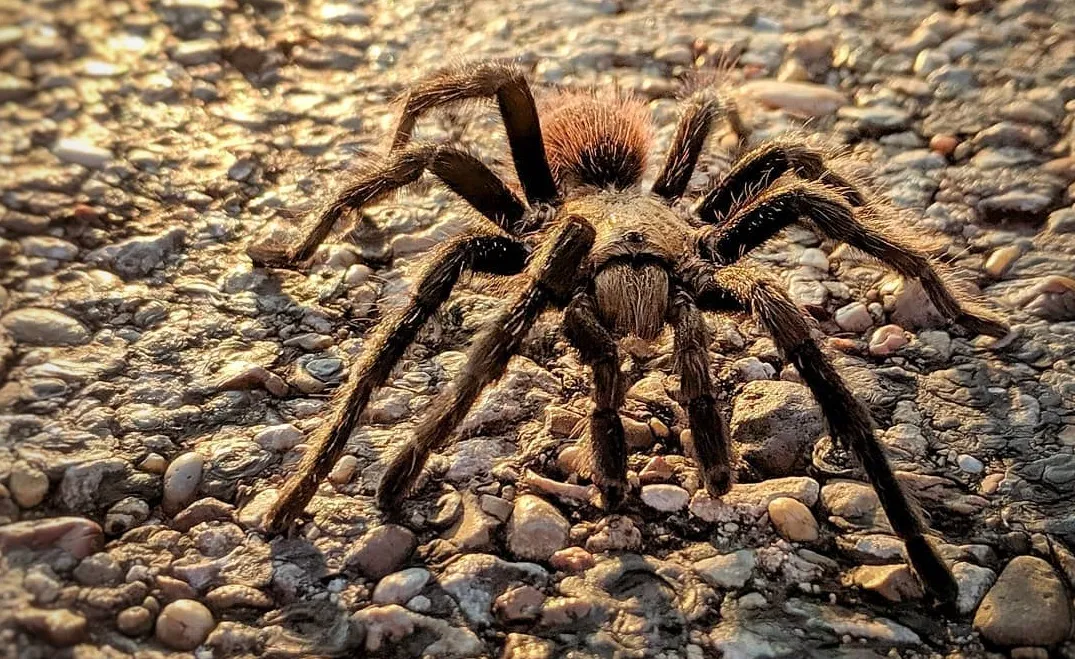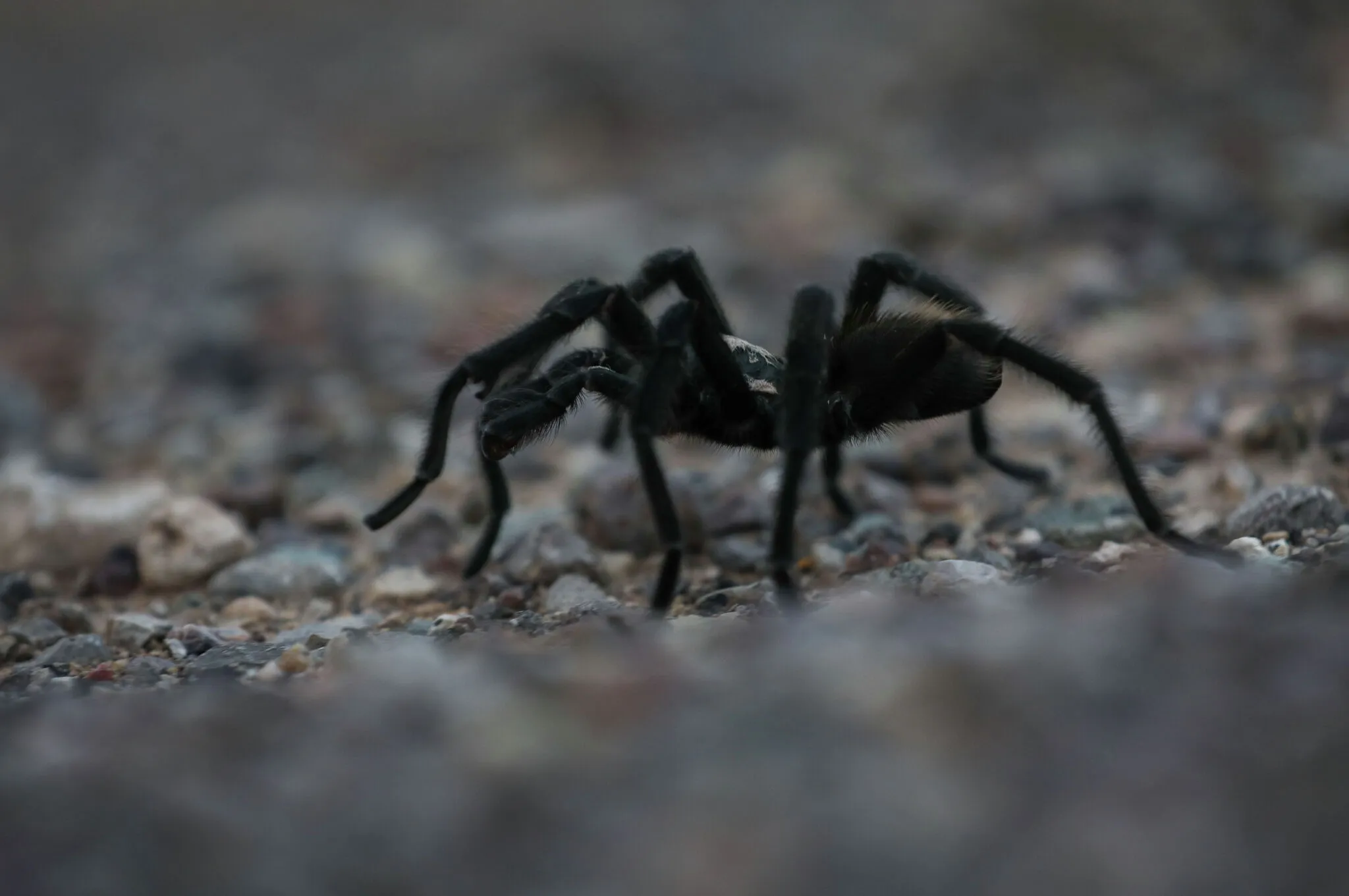What are Tarantulas?
Tarantulas, belonging to the Theraphosidae family, are large, hairy spiders known for their impressive size and imposing appearance. They are found in various habitats worldwide, from deserts to rainforests, and are generally nocturnal hunters. While they may appear intimidating, tarantulas are not typically aggressive and their venom is usually not considered dangerous to humans, though their bite can be painful. These spiders play a vital role in their ecosystems by controlling insect populations and serving as a food source for other animals. Their lifespan varies greatly depending on the species and sex, with females often living for many years, sometimes even decades, while males tend to have shorter lifespans. Understanding the basic characteristics of tarantulas is crucial for anyone interested in learning more about these fascinating creatures.
Where Do Tarantulas Live?
Tarantulas are found on every continent except Antarctica, thriving in diverse habitats that cater to their needs. They prefer warmer climates and are commonly found in tropical and subtropical regions. Their habitats range from arid deserts and grasslands to lush rainforests and woodlands. Some species are terrestrial, constructing burrows in the ground, while others are arboreal, living in trees or shrubs. The availability of food, suitable shelter, and appropriate humidity levels are essential factors determining where tarantulas choose to live. They have adapted to their environments by developing specialized hunting techniques and camouflage strategies, allowing them to thrive in their respective ecosystems. Observing the different habitats of tarantulas provides insight into their resilience and adaptability.
North Texas Tarantulas

North Texas is home to several species of tarantulas, most notably the Texas Tan Tarantula (Aphonopelma hentzi). These spiders are commonly seen during their mating season, typically in the late summer and early fall, when males go out in search of females. They are often encountered in grasslands, open woodlands, and even suburban areas. The presence of tarantulas in North Texas indicates a healthy ecosystem, as they play a crucial role in controlling insect populations. Sightings of these impressive spiders are a common occurrence, and they provide a unique opportunity for wildlife enthusiasts to observe these remarkable creatures in their natural habitat. Their presence is a testament to the rich biodiversity of the region, and understanding their behavior can increase appreciation for their role in the ecosystem.
Fact 1 Appearance
Tarantulas are easily identifiable by their large size and hairy bodies. The Texas Tan Tarantula, commonly found in North Texas, can have a leg span of up to 5 inches. Their coloration typically ranges from tan to brown, providing effective camouflage in their natural habitat. They possess eight legs, two pedipalps (used for sensing and manipulating food), and two chelicerae (fangs) which they use to inject venom. The body is divided into two main parts: the cephalothorax (head and thorax fused) and the abdomen. Their appearance varies slightly between species, but the overall characteristics remain consistent, making them distinct from other spider species. Their intimidating size and unique features make them a subject of both fascination and caution.
Fact 2 Behavior
Tarantulas in North Texas are primarily nocturnal hunters, meaning they are most active at night. They typically ambush their prey, using their speed and venom to subdue insects, other spiders, and sometimes small vertebrates. During the day, they often retreat to their burrows or seek shelter under rocks and logs. They are generally not aggressive towards humans, preferring to flee if threatened. However, they can defend themselves by flicking urticating hairs (tiny irritating hairs) from their abdomen, which can cause skin irritation. Males are particularly active during mating season, traveling in search of females. Understanding their behavior helps people appreciate their place in the ecosystem and promotes safe interaction.
Fact 3 Diet

The diet of a North Texas tarantula primarily consists of insects, such as crickets, grasshoppers, and beetles. They are opportunistic feeders, meaning they will consume whatever prey is available. Larger tarantulas may also occasionally prey on small vertebrates, such as lizards and mice. They use their chelicerae (fangs) to inject venom that paralyzes or kills their prey, then they inject digestive enzymes that break down the prey’s tissues. Tarantulas then suck up the liquefied contents. The diet of tarantulas is crucial for maintaining the balance of their ecosystems, and their feeding habits show the important role they play in their habitats.
Fact 4 Life Cycle
The life cycle of a tarantula involves several stages, starting from an egg sac produced by the female. Spiderlings hatch from the eggs and go through several molts as they grow. Molting is the process of shedding their exoskeleton to allow for growth. Female tarantulas can live for many years, sometimes over two decades, while males typically have a shorter lifespan, often only a few years. The mating season is a significant event, usually occurring in late summer or early fall. After mating, the female produces an egg sac, initiating the cycle. The study of their life cycle unveils the resilience and adaptability of these fascinating creatures.
Fact 5 North Texas Tarantula Sightings
Tarantula sightings in North Texas are most common during the late summer and early fall months. These are the mating seasons, and the males are actively roaming in search of females. They are often seen crossing roads or trails, particularly after rain. Popular locations for sightings include areas with open grasslands, woodlands, and parks. Patience and observation are key to spotting tarantulas. Walking slowly and looking carefully can increase your chances of seeing one. It is important to respect their space and avoid approaching or disturbing them. Observing tarantulas in their natural habitat can be a memorable experience, fostering an appreciation for wildlife. When observing them, it is best to keep a safe distance and avoid any sudden movements that may startle them. Be mindful of their environment and contribute to their conservation.
Tips for Spotting Tarantulas in North Texas

If you are interested in spotting tarantulas in North Texas, there are several things you can do to increase your chances. The best time to look is during the late summer and early fall, particularly in the evenings or after rainfall. Visit areas with known tarantula habitats, such as grasslands, woodlands, and parks. Walk slowly and carefully, keeping an eye out for their burrows or the spiders themselves. Using a flashlight at night can help. Remember to maintain a respectful distance and avoid any actions that could disturb the tarantulas. If you are lucky enough to see one, consider yourself fortunate and appreciate the opportunity to witness these amazing creatures in their natural environment. Supporting conservation efforts and being informed about tarantulas can help ensure that future generations can also appreciate them.
